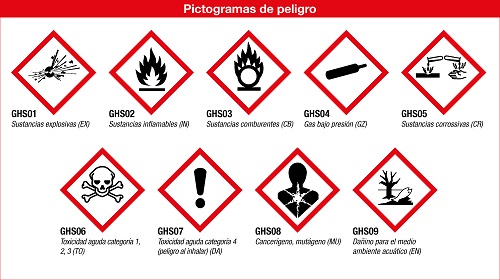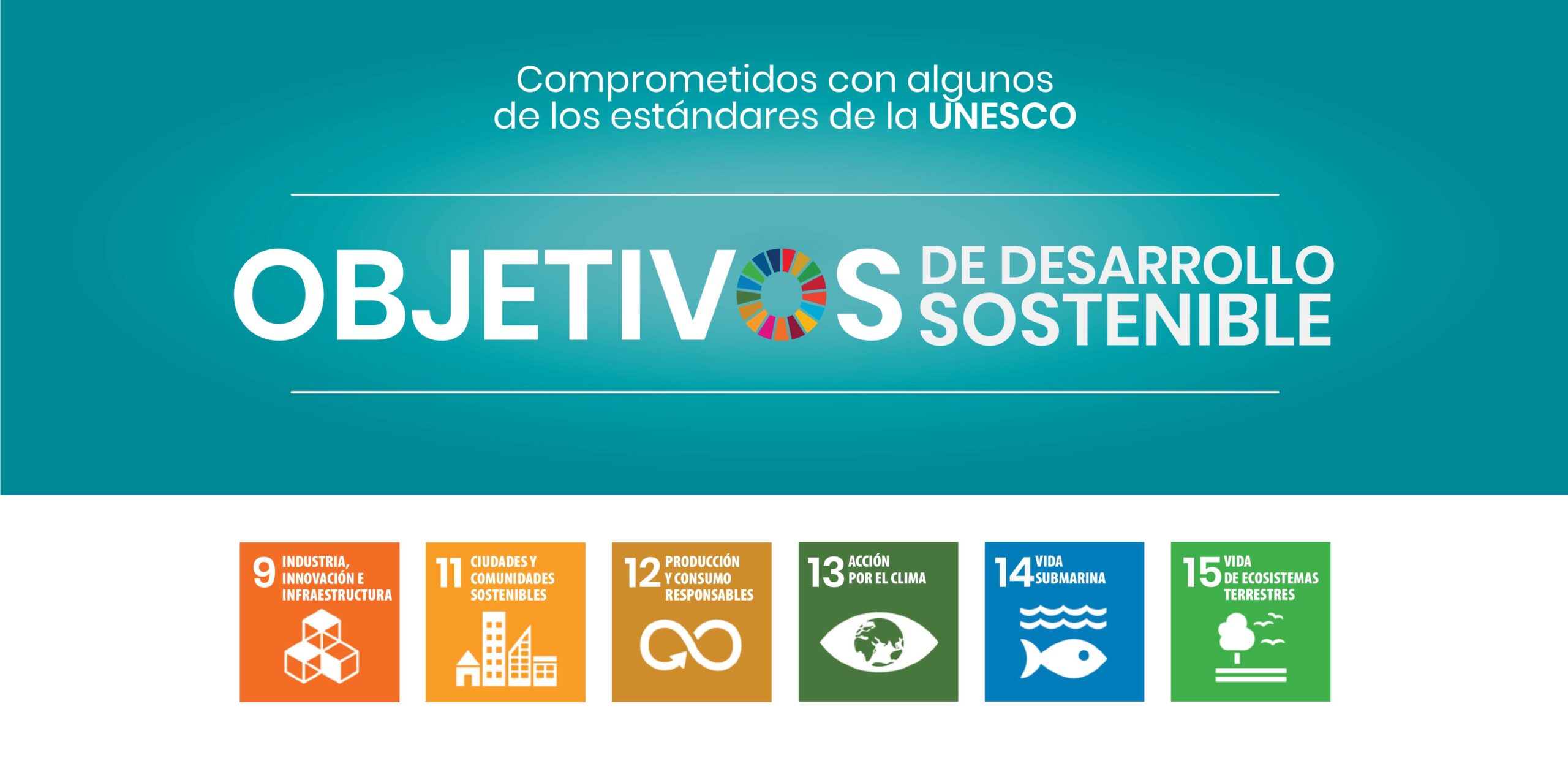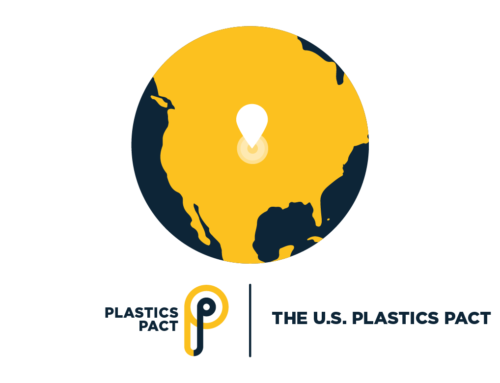There are more than 190 million chemical substances in the world with which we are constantly in contact. Of these, more than 5,000 are used industrially on a global scale and not all of them are safe for human health.
These substances are present in virtually every industry, ranging from agriculture, food additives, medicine, energy production, construction, cleaning and sanitation, among others, and affect practically all of the world’s population. However, until some years ago, only less than half of them had undergone any kind of study regarding human safety and toxicity.
However, beyond an individual impact, the main problem is that a large number of these products are released into the environment. Chemical water, air and soil contamination is a common consequence, especially in countries that do not regulate chemical use.
This occurred so much that by 2017, the scientific health journal, The Lancet , estimated that environmental pollution-caused diseases accounted for nearly 9 million premature deaths. This is 16% of all deaths that year and three times higher than deaths caused by AIDS, Tuberculosis and Malaria all together.
In recent years, these figures have finally begun to have a social, political and economic impact and some countries, mainly middle and high-income countries, have begun to implement policies to regulate them.
In these countries, environmental pollutant levels have started to decrease, people’s health and life expectancy have increased, and even each country’s net income has benefited. Moreover, they also contribute to achieving the United Nations’ 17 Sustainable goals .
Proposition 65 in California in the United States in 1986 was an attempt by California to ensure people could make informed decisions regarding the chemical products they purchase. Also, the Globally Harmonized System (GHS) for chemical product classification and labeling in Colombia and worldwide, promoted by the UN in recent years, have become laws and regulations in each country to regulate companies in terms of product chemical composition information.
These laws, in general, aim to monitor industries so that they can provide clear and timely information to consumers on the chemical compounds in purchased products, special precautions that must be observed and the carcinogenic, fertility or other health risks that they may entail.
They work by generating lists of safe and unsafe chemicals that are constantly updated and which companies must warn consumers about in their safety data sheets and product labeling.
They also include standardization of the information and warning symbols used on packaging, regulations and sizes printed to achieve global identification.

Non-compliance with this type of labeling can result in millions of dollars in fines for companies. This without taking into account harm to personnel that could result from an indiscriminate use of a miss-labeled product or a product composed of a chemical that has been proven to have harmful health effects.
In turn, we at Glasst Innovation Company are committed 100% to innovation to protect the planet and your work team’s health. That is why we have non-toxic products that contribute to the compliance of several sustainable development goals.
In Glasst, we are committed to a sustainable development that seeks to protect our customers and their teams

At Glasst, we are committed to the transparency of our products and their composition. That’s why we develop materials that take applied sciences to a new level to deliver disruptive products that transform today’s industries.
We put technology and knowledge at the service of sustainable safe development for your health and the planet’s health.
Our products are developed using artificial intelligence algorithms to achieve optimal productivity. We also use material sciences, nanotechnology, thermodynamics, mechanics and biotechnology to obtain new materials for a sustainable future.
In pursuit of this goal, we focus on creating compostable biodegradable products safe for people’s health and contribute to safeguarding your economy and planet economy.
This is also evidenced by these products’ status and how they contribute to earning points to qualify for LEED and CASA sustainability certifications.
Among these products is Glasst Universal Protector, a removable film to protect finishes on all types of surfaces in your projects and is fully recyclable and safe for humans.
In addition, Glasst Concrete Release Agent line stands out among our safe products.
As we told you in a previous article, a concrete release agent is a chemical substance used in the construction industry to remove concrete from the formworks into which it is poured.
Today, most release agents on the market are either toxic or are made from ACPM and other fossil fuels that can cause skin cancer and other major illnesses when inhaled or when in constant contact with them.
Unlike these, our release agents are developed using GlasstMould ® technology, created exclusively by Glasst and which does not generate risk to human health and reduces the risk of allergic reactions.
It is an innovative product, unique on the market and developed with state-of-the-art technology to maximize your projects’ effectiveness and sustainability.
How our development complies with the guidelines of the Globally Harmonized Chemical Classification and Labeling System
However, that’s not the end of our innovation to remain increasingly compliant with the Globally Harmonized Systems and to meet the UN’s Sustainable Development Goals.
As the lists of chemicals with known harmful effects grow, we at Glasst continue to research and develop ever safer and less harmful products.
At the moment, we have more than five products in development with R&D technology to be launched on the market in less than 24 months.
All of these, take into account the fulfillment of the following specific UN Sustainable Development Goals:

Likewise, we continue to develop comprehensive safety instructions for each product we launch.
Therefore, we suggest you check the bottom of our packaging for any relevant label when purchasing a Glasst product, carefully read the safety data sheet that you will find with each reference and follow to the letter the instructions provided therein to use our references.







